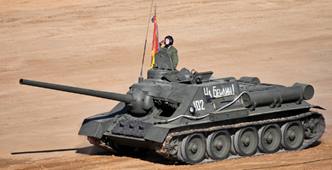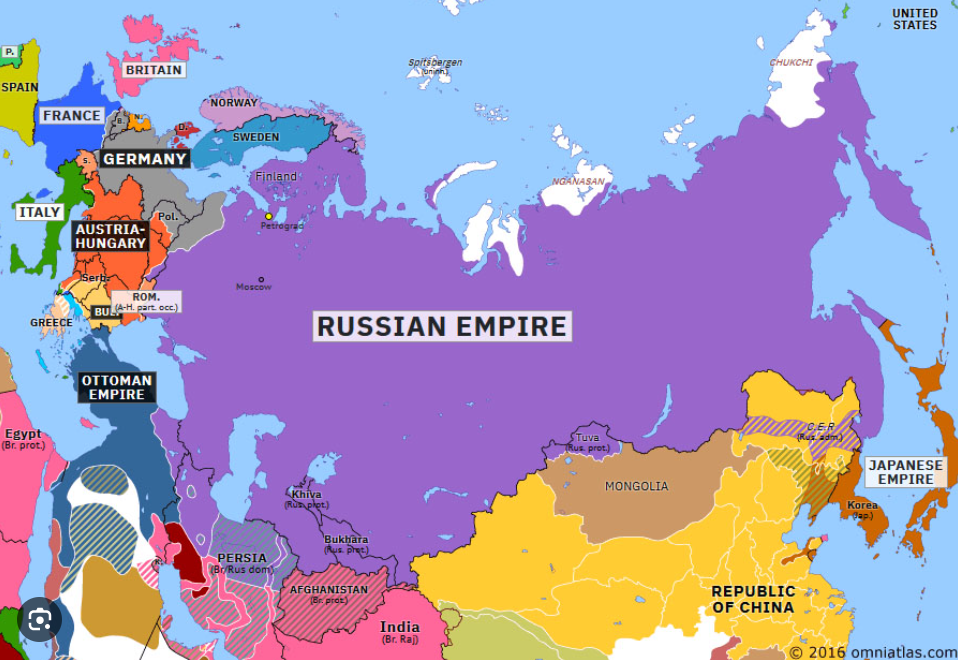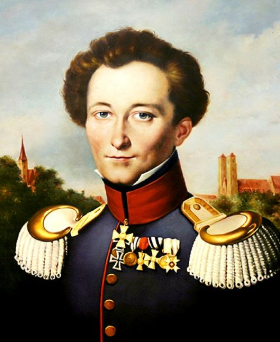ARTICLES
Follow Us
Be the first to know
The New Old Trend: How Drones Resurrected Turretless Tanks
By:
Arman M Nazari
President,
Global Technical Resources | Aerospace & Defense SME
The war in Ukraine has done more than redraw geopolitical lines — it has rewritten the rules of ground warfare. As drones increasingly dominate the modern battlefield, an unexpected trend is emerging: a return to turretless tank designs, reminiscent of forgotten Cold War prototypes and even WWII assault guns.
Cages on Tanks: A Symbol of Desperation or Innovation?
Today, you’re more likely to see a Russian tank outfitted with a steel cage than a reactive armor panel. These makeshift drone defenses — reminiscent of medieval siege warfare — reveal the scale of the threat posed by loitering munitions and cheap commercial UAVs. Tanks, once the apex predators of ground combat, are now being hunted from above.
But what if we took a step back — not just in form, but in doctrine?
Enter the Turretless Tank
During WWII, turretless tanks like the German StuG III and Soviet SU-series self-propelled guns were built out of necessity — stripped-down, lower-cost platforms designed for ambush tactics and defensive fire support. Sweden carried this logic forward into the Cold War with the Stridsvagn 103 (S-Tank), an unconventional design that eliminated the turret entirely. It relied on suspension and hull maneuvering for aim — an idea once dismissed as too doctrinally extreme.
Today, that idea makes perfect sense.
Drones Have Changed the Geometry of War
Today, you’re more likely to see a Russian tank outfitted with a steel cage than a reactive armor panel. These makeshift drone defenses — reminiscent of medieval siege warfare — reveal the scale of the threat posed by loitering munitions and cheap commercial UAVs. Tanks, once the apex predators of ground combat, are now being hunted from above.
But what if we took a step back — not just in form, but in doctrine?
From Necessity to Strategy
What began as an exercise in wartime thrift has now become a strategic pivot. Ukraine and Russia are already experimenting with unmanned ground vehicles (UGVs) that strip the tank concept to its essentials: armor, firepower, and low detectability. In this new equation, turretless hulls are not relics — they are blueprints.
The Next Generation: Low-Cost, Flat-Profile Killers
We're heading toward a battlefield populated by semi-autonomous, low-cost tracked vehicles that favor modularity over mass, survivability over dominance, and stealth over supremacy. Designers are revisiting historical concepts through a modern lens — marrying the S-Tank’s philosophy with today’s sensors, remote optics, active protection, and AI.
Conclusion: Yesterday’s Outliers, Today’s Pioneers
War has a strange way of resurrecting ideas. The turretless tank — once an evolutionary dead end — may well be the shape of the future. As we design the next generation of ground combat vehicles, we should look not only to silicon and software, but to the steel ghosts of the past that quietly foresaw the drone age

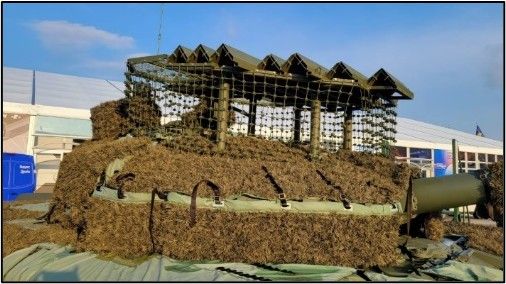
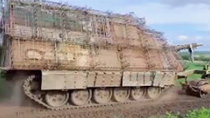
Todays Tanks with Cage Armor


The Swedish Strv 103 (S-Tank), Turretless, 1967
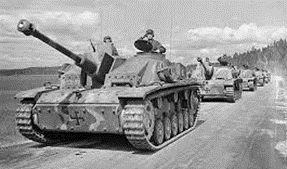
German StuG III, WWII
